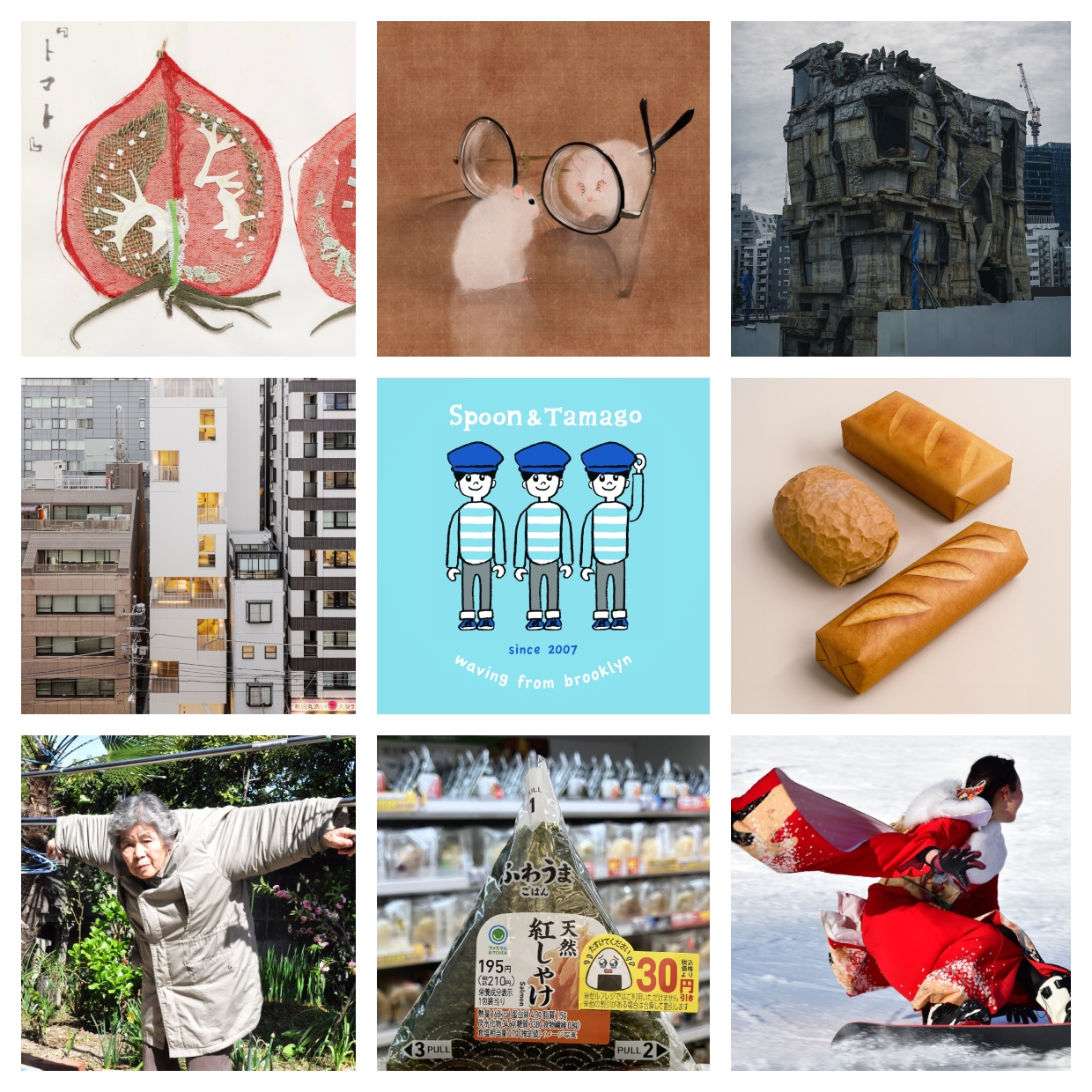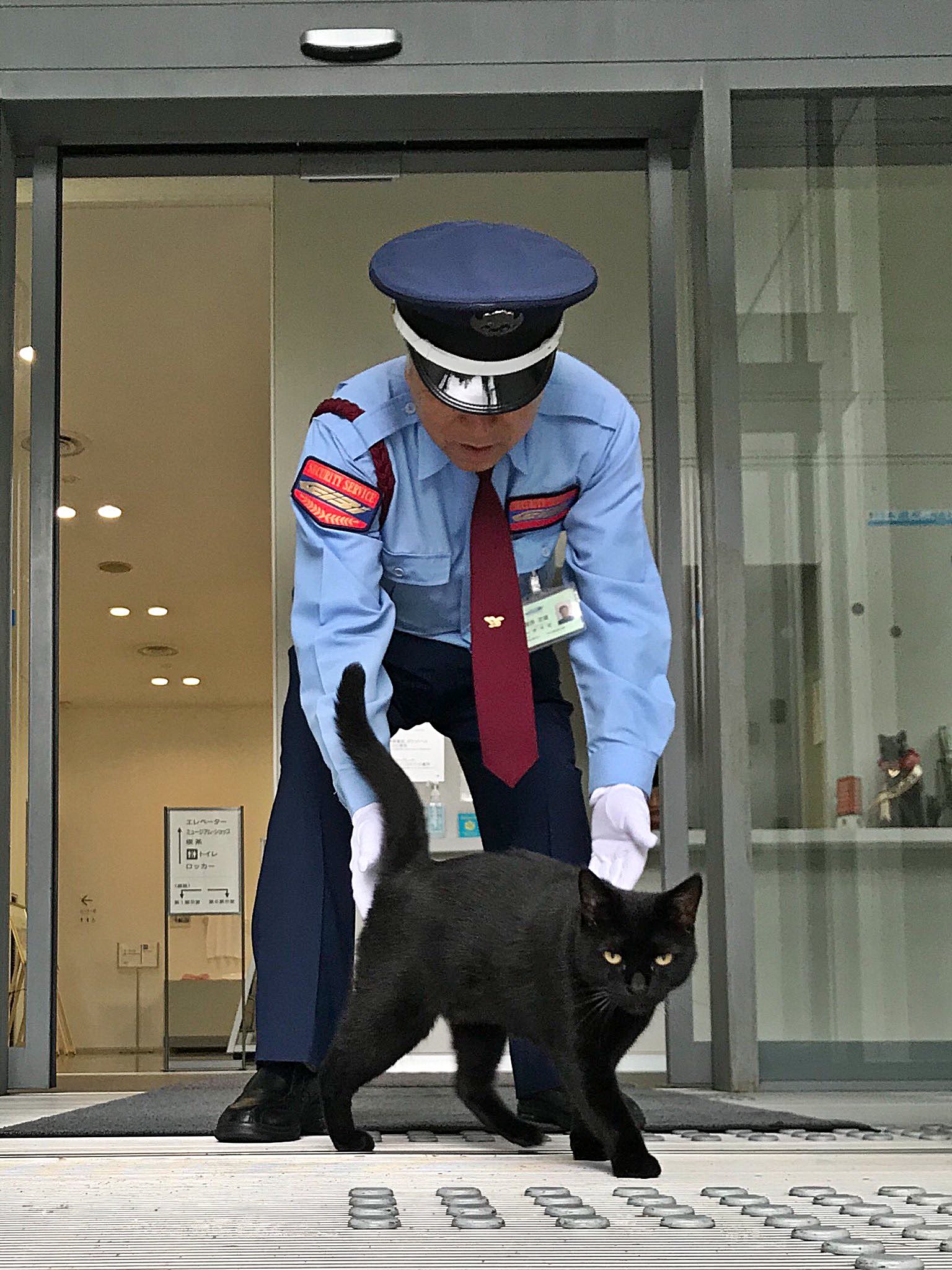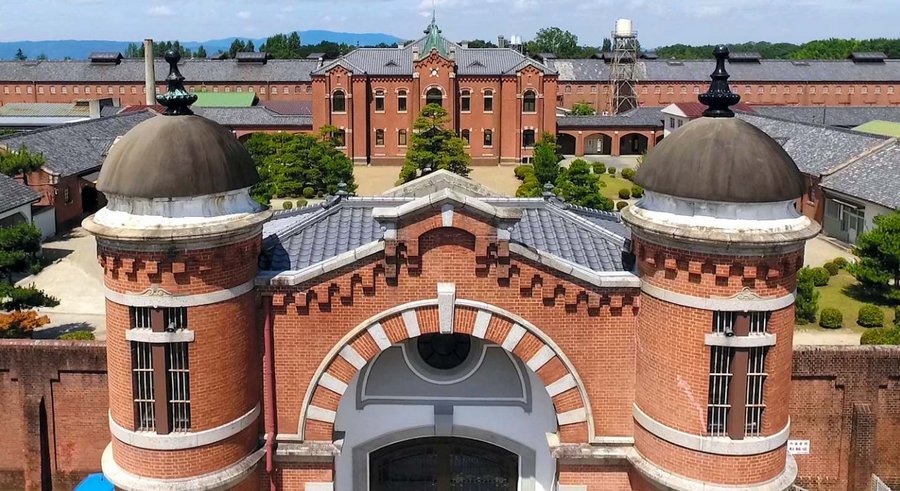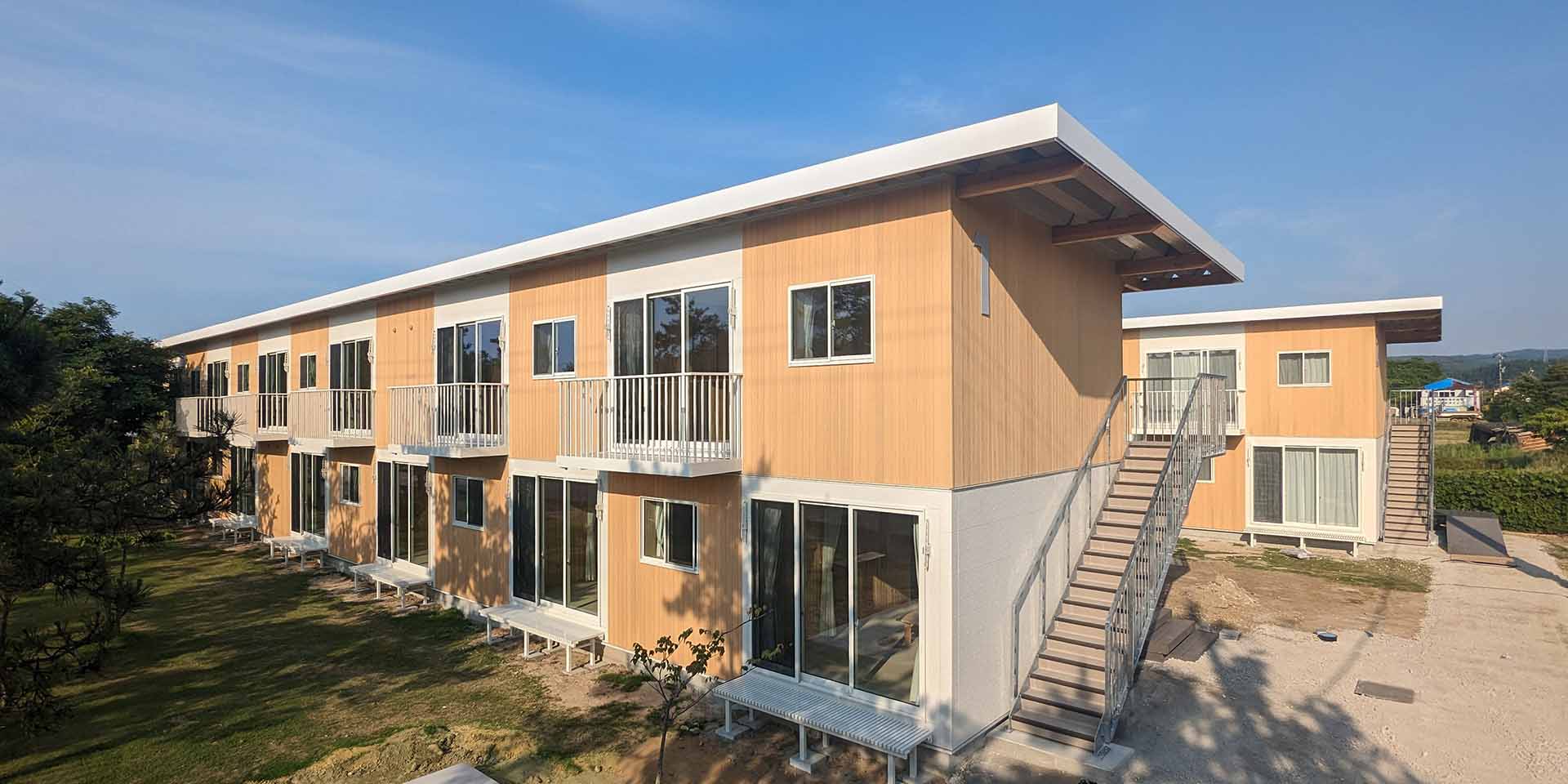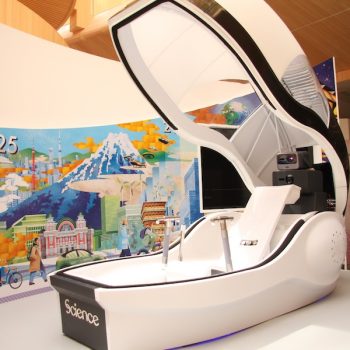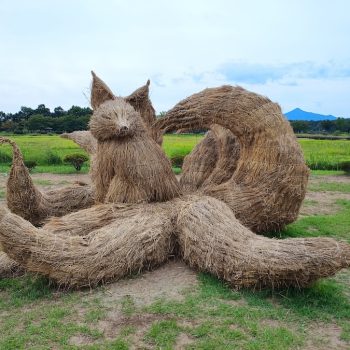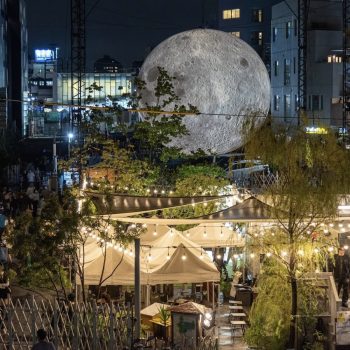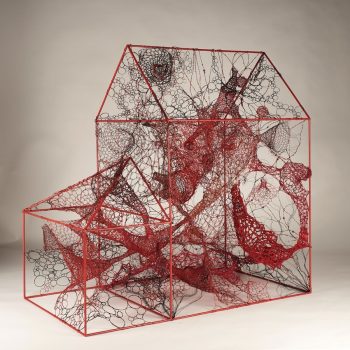
For over 15 years, Japanese art duo ZUGAKOUSAKU & KURIEITO have been working together, meticulously recreating ordinary environments entirely from cardboard. At an exhibition at Mori Art Museum in Tokyo, the pair turn their childlike creativity to the grimy streets of Tokyo. Specifically, Roppongi. Everything from manhole covers and tactile pavement to signage and litter on the ground have been hand-crafted from cardboard and then painted, revealing slightly off kilter worlds.
Continue reading
